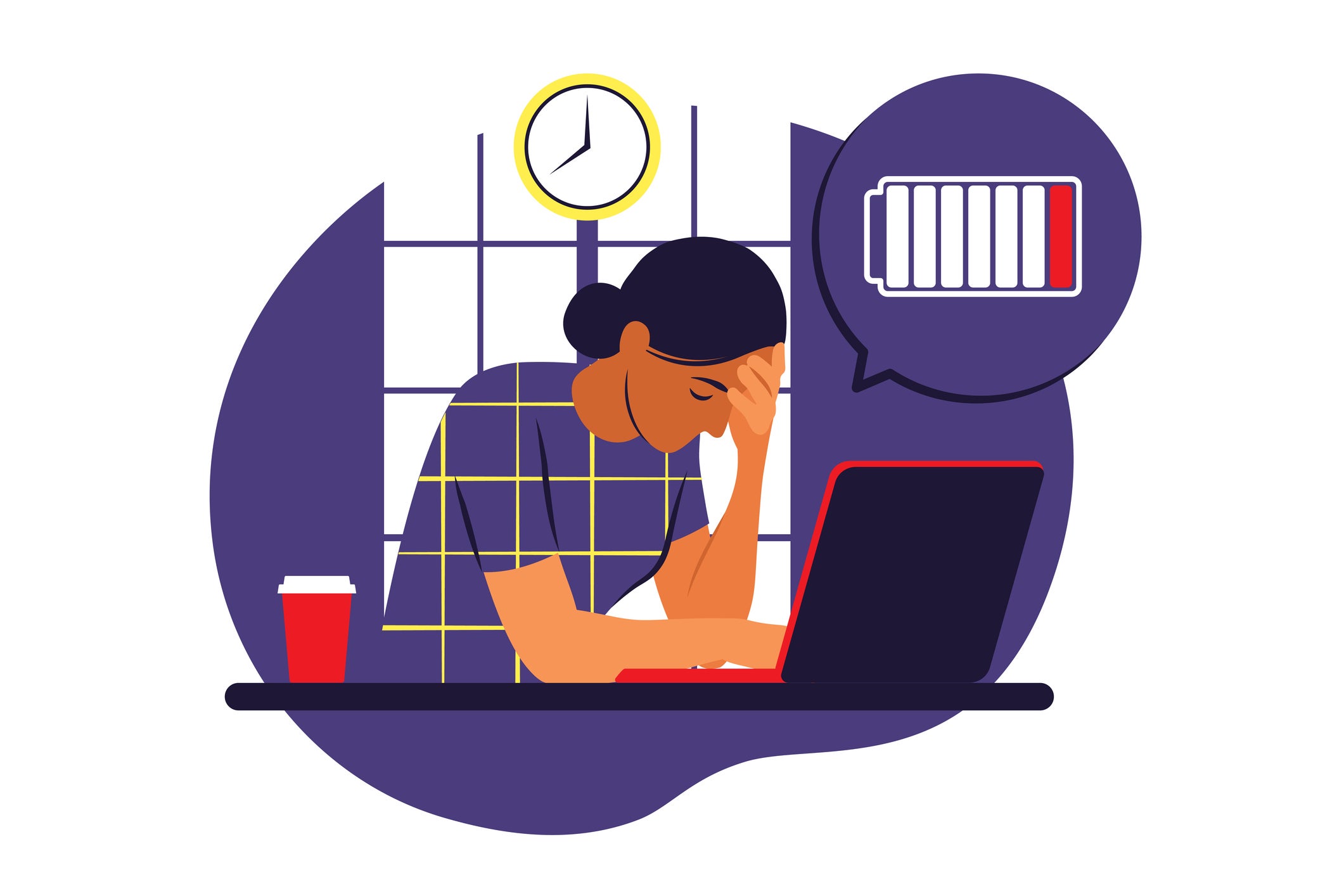Repainting the Walls, Relearning the World: Practicing Cultural Humility in Uganda
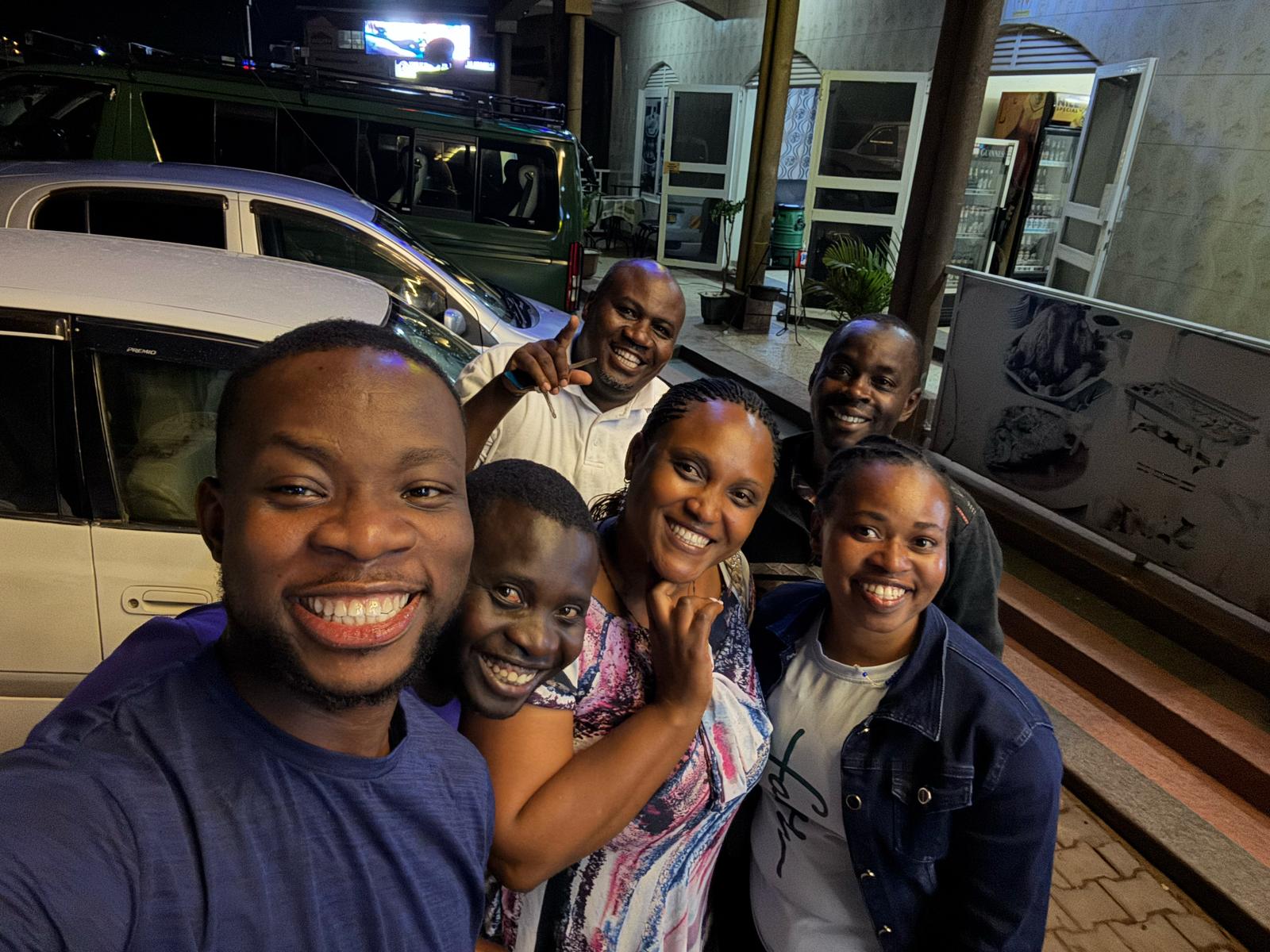
Olabiyi Hezekiah Olaniran is a Master of Public Health candidate in Global Health
Arrival with Intention
When I began my public health practicum in Kabale, Uganda, I packed two bags: one filled with essentials and another containing a deep desire to serve. My mission was to evaluate the integration of EEG technology into epilepsy care at the John C. Kelly (JCK) Clinic and its partner, PurplePoint Neurodiagnostics. I aimed to understand the barriers and opportunities surrounding epilepsy and mental health services in rural Uganda. However, I knew I wanted to do more than just observe. Before my departure, I spoke with Mr. Centinary Gervaise, the CEO of JCK Clinic. “I’m not just coming to conduct research,” I told him. “I want to listen, learn, and contribute however I can.” His response was simple: “You’ll know what to do when you arrive.” And he was right.
A Cup of Tea, A Moment of Trust
On my first day conducting interviews about epilepsy care, patients began arriving. Many had walked nearly four hours, unable to afford transportation. They waited patiently, tired, damp from a light rain, and shivering. I paused my survey and asked the psychiatric nurse, “What can I do to help?” She replied softly, “You can get them hot tea and some snacks.” That small act made a world of difference. Smiles returned, the room warmed, and the tea did more than ease the chill, it built trust and sparked connections.

Speaking the Language of Respect
Throughout my time in Kabale, I made an effort to speak the local dialect. A simple “Agandi,” meaning “Hello, how are you?” was greeted with laughter and warmth. This linguistic connection conveyed respect, invited openness, and made me part of the community. “I have seen that we don’t meet people with our knowledge, we meet them with kindness.”
Building Community from Within
The patients I encountered were not just care recipients; they were resilient caregivers and advocates for their dignity. When I asked if they would be interested in forming a support group for epilepsy, the answer was unanimous: “Yes.” This was the beginning of JCK’s first community epilepsy group, an initiative rooted in their voices, not mine. From that spark, a larger initiative took shape. Leaders from ten villages were trained to identify and support people with epilepsy. The group started generating income through livestock farming, enough to cover transportation, school fees, and essential needs. They weren’t just surviving; they were thriving. Stigma began to fade, and pride and purpose were restored.
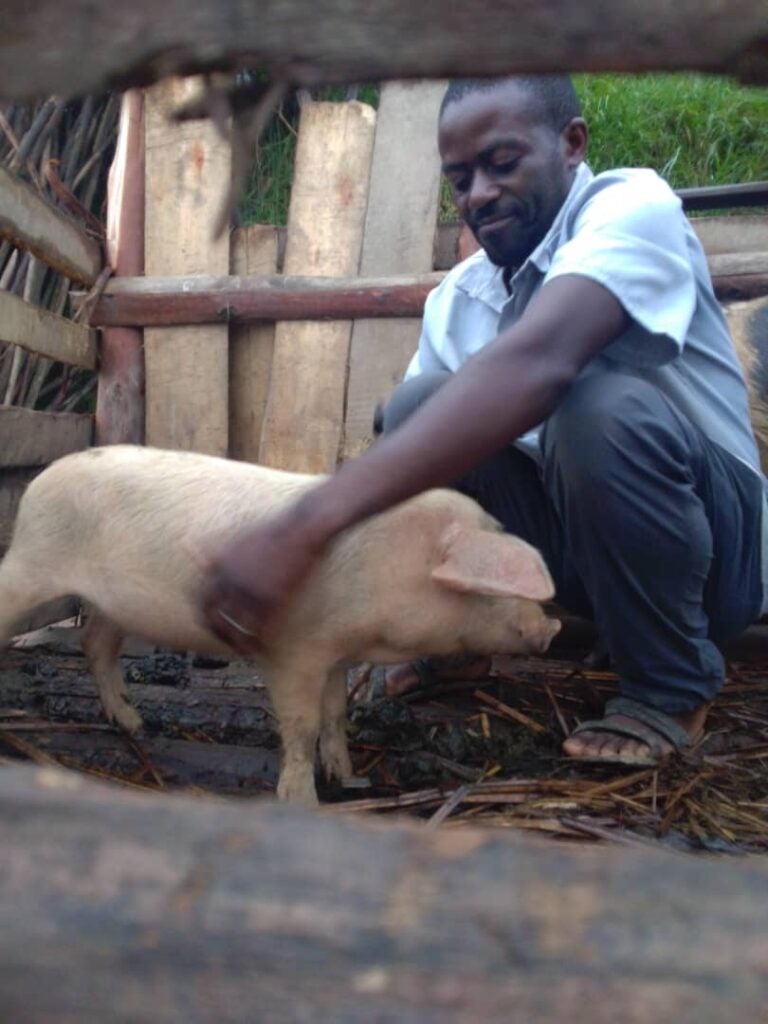
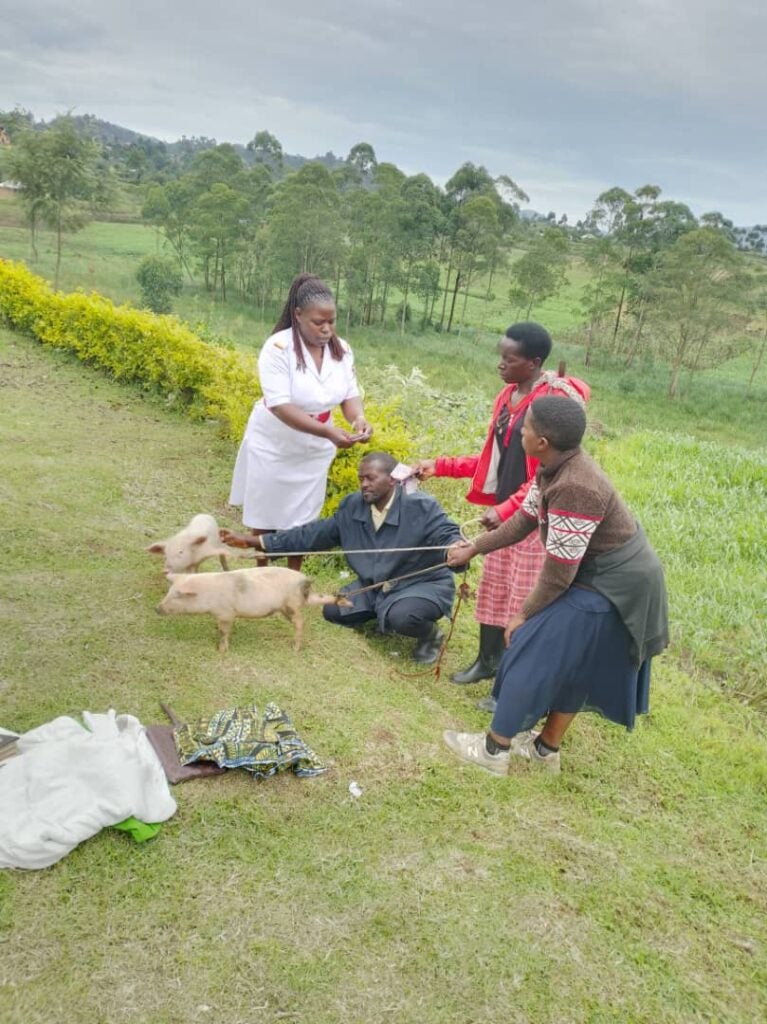
Painting a New Vision of Care
As I spent more time at the clinic, I noticed the dim lighting, worn spaces, and faded walls. I asked, “What can we do?” The answer was clear: “Paint.” So, we painted, together with staff, patients, and neighbors, to restore the space. What we created was more than just aesthetics; it became a symbol of care, dignity, and shared responsibility.
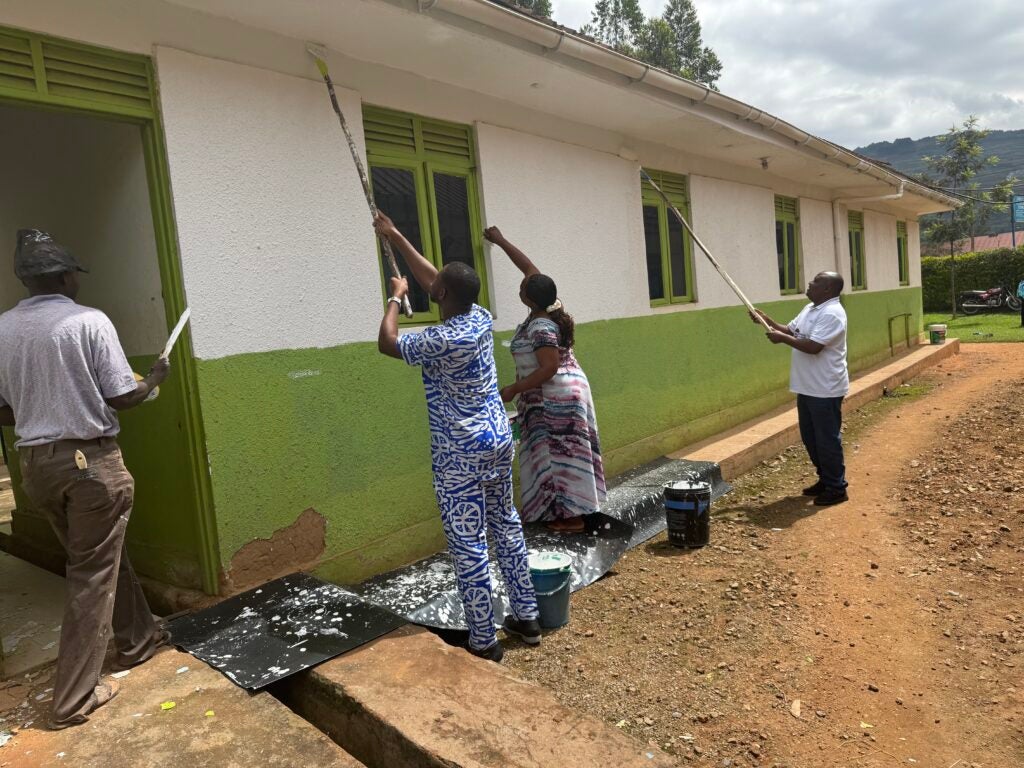
Listening Leads to Innovation
When we discussed reaching patients unable to access the clinic, community leaders showed us the way. We listened, and a new outreach center was established in Rhuija, designed by the community for the community. As we talked about raising awareness of the EEG program, a 70-year-old archbishop stepped forward. A long-time radio advocate for mental health, he offered to share our message. His voice spread the word further than any flyer could.
Co-Creating Solutions
An urgent need emerged: patients and families did not know what to do during a seizure. In response, we co-created a first aid manual, written in the local language, with visuals developed alongside the community. It was both empowering and straightforward. Families voiced their struggles with forgetting appointments and losing contact with the clinic. They envisioned a mobile system for reminders and communication. This idea led to a patient-driven initiative that, while small in design, has had a significant impact, stemming from their collective dreams.
The Practice of Cultural Humility
If there’s one image that encapsulates everything I learned, it’s that last day with a paintbrush in hand. The walls were fresh, laughter echoed, and I no longer felt like a guest; I felt part of something greater. Cultural humility is a practice to be revisited, time and again, with open hands and an open heart. I did not go to Uganda with all the answers; I went to walk alongside others. In that journey, I found clarity, friendship, and hope.
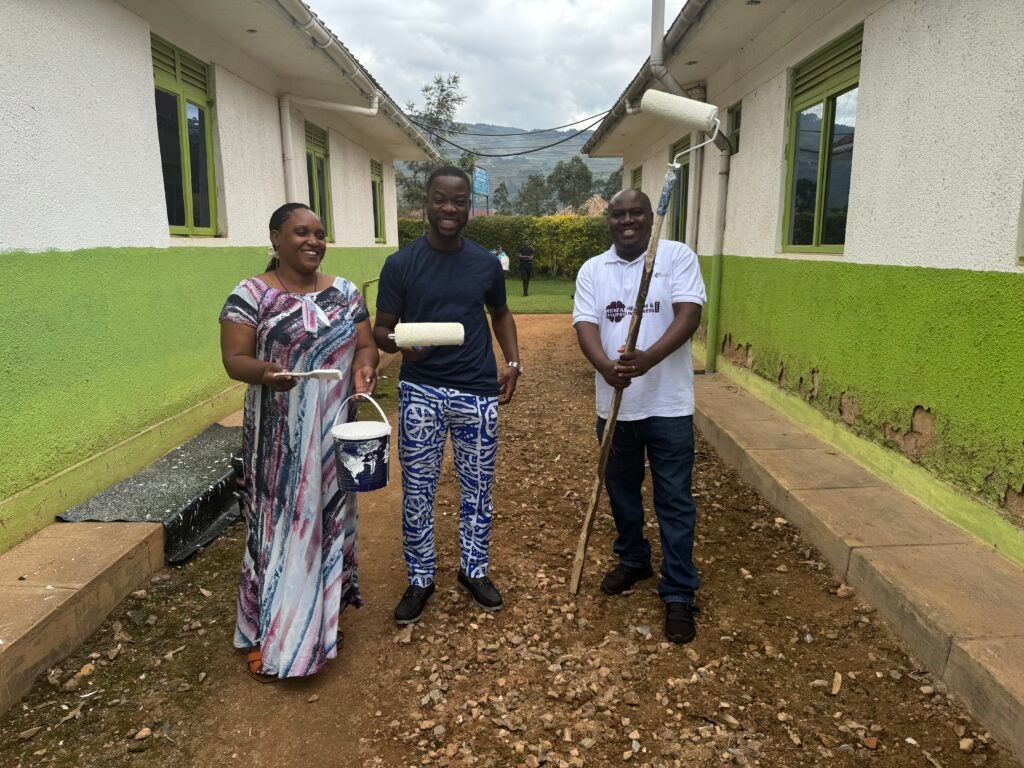
Carrying the Lessons Forward
Back at Harvard, I carry those voices, painted walls, and community-led victories with me. I have adopted the principle, to go with knowledge, but stay with questions. Lead with passion, but serve with reverence. When we approach others with humility, we don’t just transform systems, we transform ourselves.
